Last Updated on June 22, 2025 by Andreas
In western North Carolina, mountain forests and fields hold many edible plants. One of these is the wild mountain blueberry. These small berries have a sweet yet tart flavor. This guide explains what mountain blueberries are, how to identify them, and where to pick them. It also covers safe foraging tips and local rules.
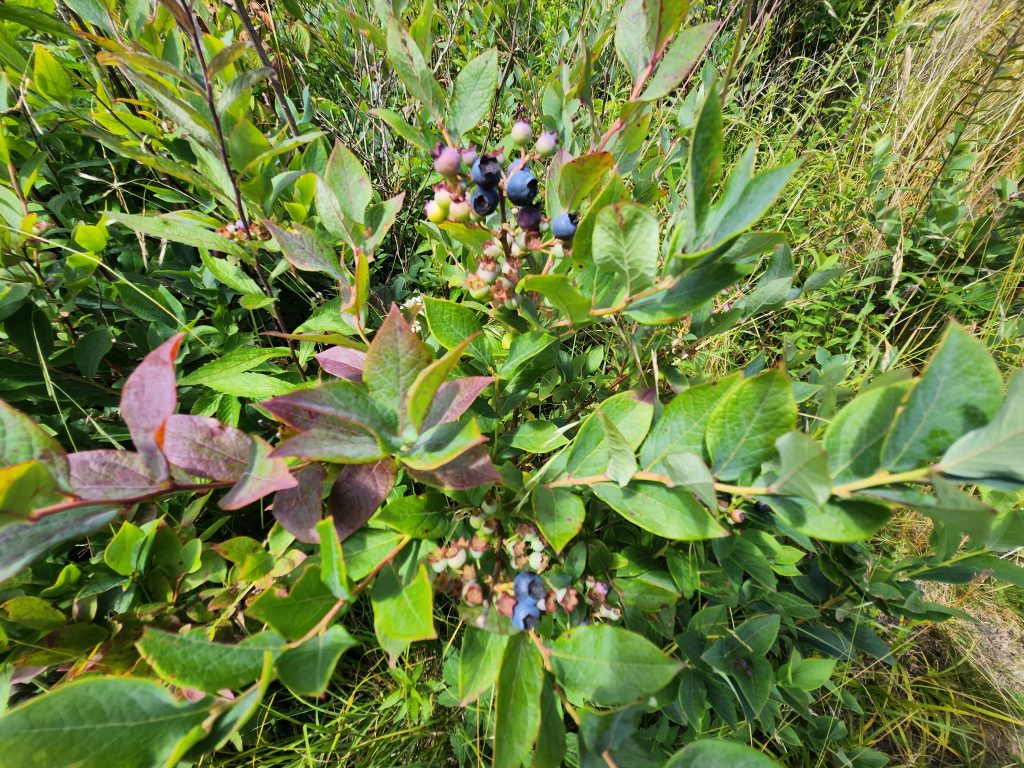
What is a Mountain Blueberry?
Mountain blueberries (Vaccinium pallidum) are a species of blueberry native to the United States. They are smaller than farm-grown blueberries, but they have a very sweet, tart flavor. These berries grow in forests, fields, and along trails in the mountains of North Carolina. They add to the diversity of plants in the region.
How to Identify Blueberry Bushes All Year Round
Learning to identify blueberry bushes in each season is important for safe foraging. The plants change their look through the year. Knowing these changes can help you find the best time and place to pick berries.
If you’re venturing off-trail or heading deep into the backcountry, a Meshtastic device can help you stay in touch without cell service. Here’s how campers are using it to stay connected off the grid.
In Season
In western North Carolina, blueberries bear fruit from late July to early August. You will see small shrubs that stand 1 to 3 feet tall. In some areas, they can grow up to 6 feet tall. The leaves are oval with smooth edges and measure about half an inch to 3 inches. In summer, these leaves turn dark green and glossy. In bright sun, they may have a slight yellow tint.
During this time, the berries are easy to spot. Ripe berries are deep blue and about a quarter to half an inch wide. They grow in clusters on the plant. Each berry has a powdery white coating called bloom. This coating protects the berry.
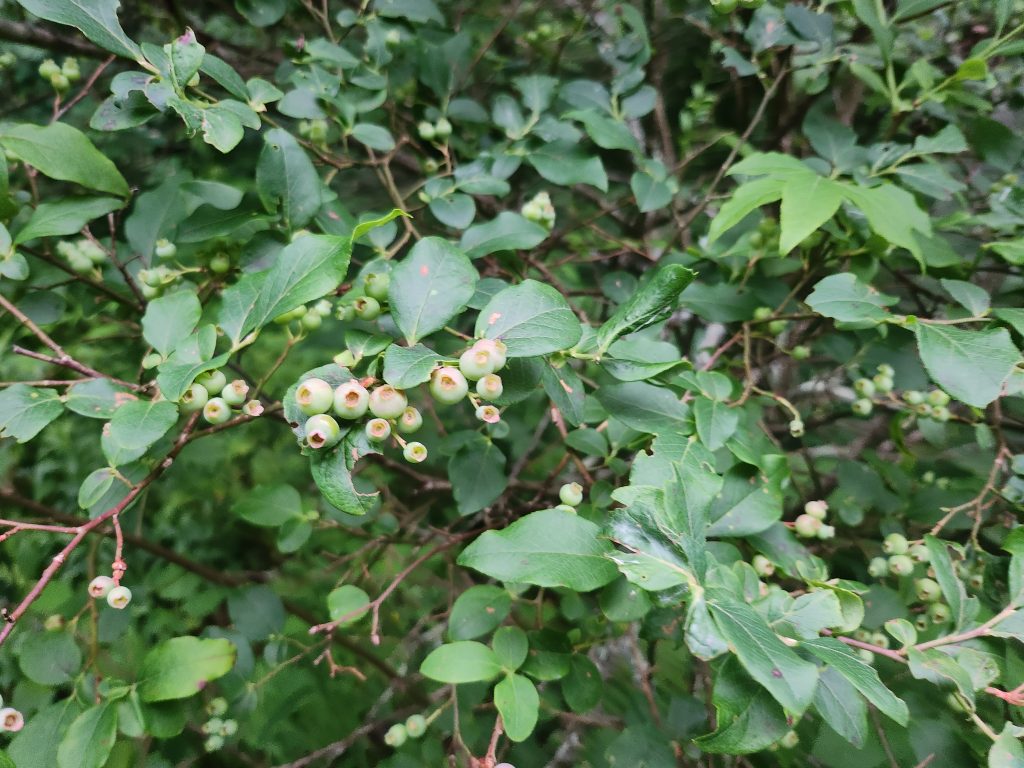
The leaves of a blueberry bush are elliptical, with smooth edges, and can range from 1/2 to 3 inches long. In the summer, they are dark green and glossy. In high sunlight, they might have a slightly yellowish cast.
The most recognizable feature in the season, of course, is the blueberries themselves. The berries are small, usually around 1/4 to 1/2 inch in diameter, and a deep blue color when ripe. They grow in clusters and have a powdery, white coating called bloom, a natural protective layer.
Off Season
Blueberry bushes look different when they are not bearing fruit. You can still identify them by seasonal changes. In spring, the bushes have small, bell-shaped flowers. These flowers are white to light pink and grow in clusters that hang from the branches. In fall, the leaves turn bright shades of red, orange, and yellow. The colorful fall foliage makes the bushes stand out. In winter, the bushes lose their leaves. You will see bare, thin stems instead. The stems often have a dark red or gray color. Knowing these seasonal changes helps you find the bushes year-round and plan for the next fruit season.
Spring: In spring, blueberry bushes sprout small, bell-shaped flowers ranging from white to light pink. These flowers are often clustered and hang down from the branches.
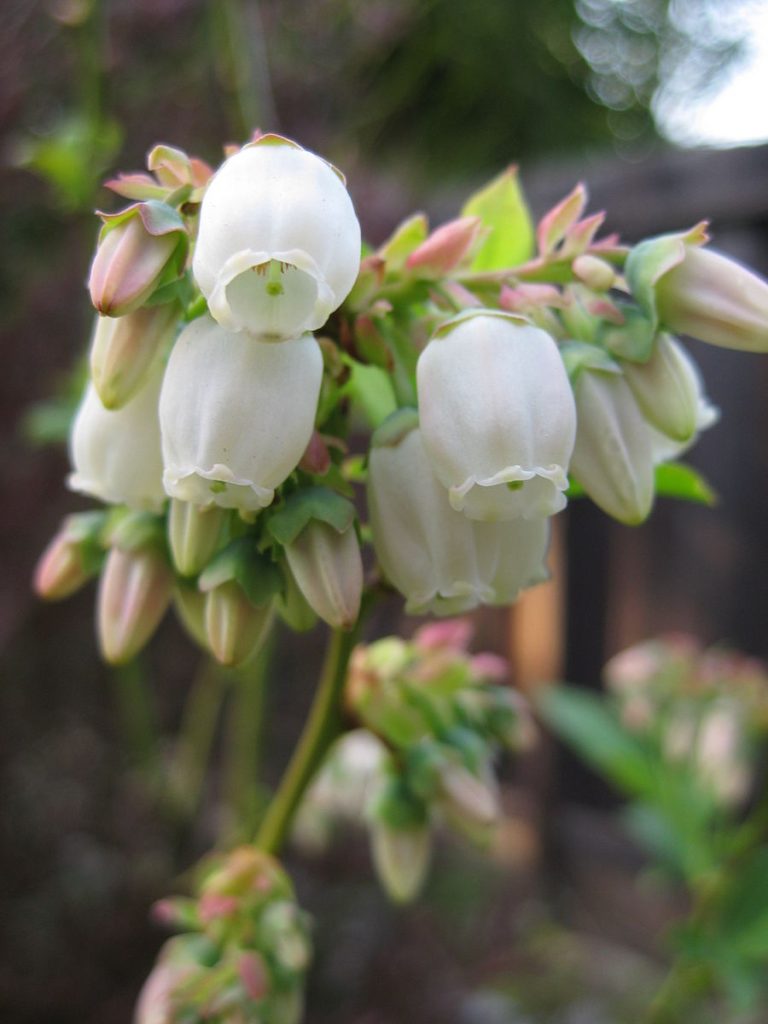
Fall: In the fall, the leaves of the blueberry bush put on a colorful display, turning to vibrant shades of red, orange, and yellow. This fall foliage can be a beautiful and helpful indicator when trying to spot these bushes in the off-season.
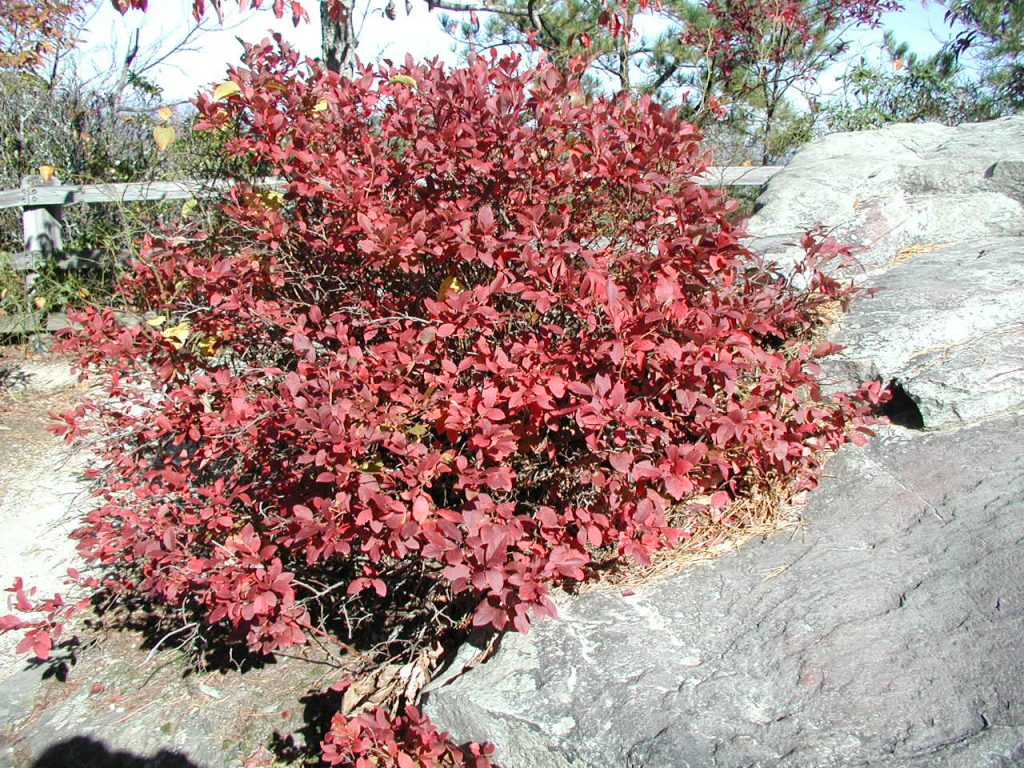
Winter: During the winter months, the blueberry bushes lose their leaves, leaving behind a network of bare, woody stems. The stems are thin and often appear in a deep red or a grayish color.
Understanding these seasonal transformations of the blueberry bush can greatly aid your foraging endeavors, helping you plan ahead for the fruitful summer season.
Where to Find Wild Blueberries in North Carolina
In western North Carolina, wild blueberries grow in mountainous areas. They like open, sunny spots and well-drained, acidic soils. You will often find them along hiking trails where tree cover is thin. These open areas let sunlight reach the plants. In the same places, you may also see wild blackberries, various nuts, and edible mushrooms.
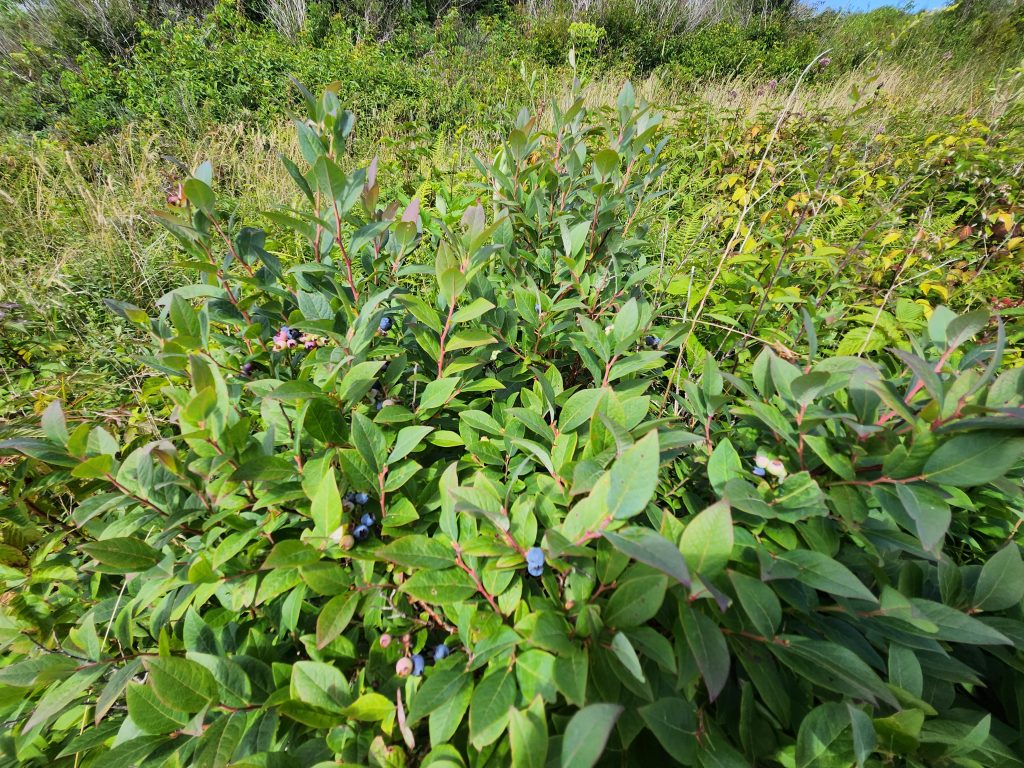
Trails with Blueberries and How to Find Them
Western North Carolina is home to many trails ripe with wild blueberries and other edible treasures. Here are some of the more popular trails that offer a generous bounty during the summer months:
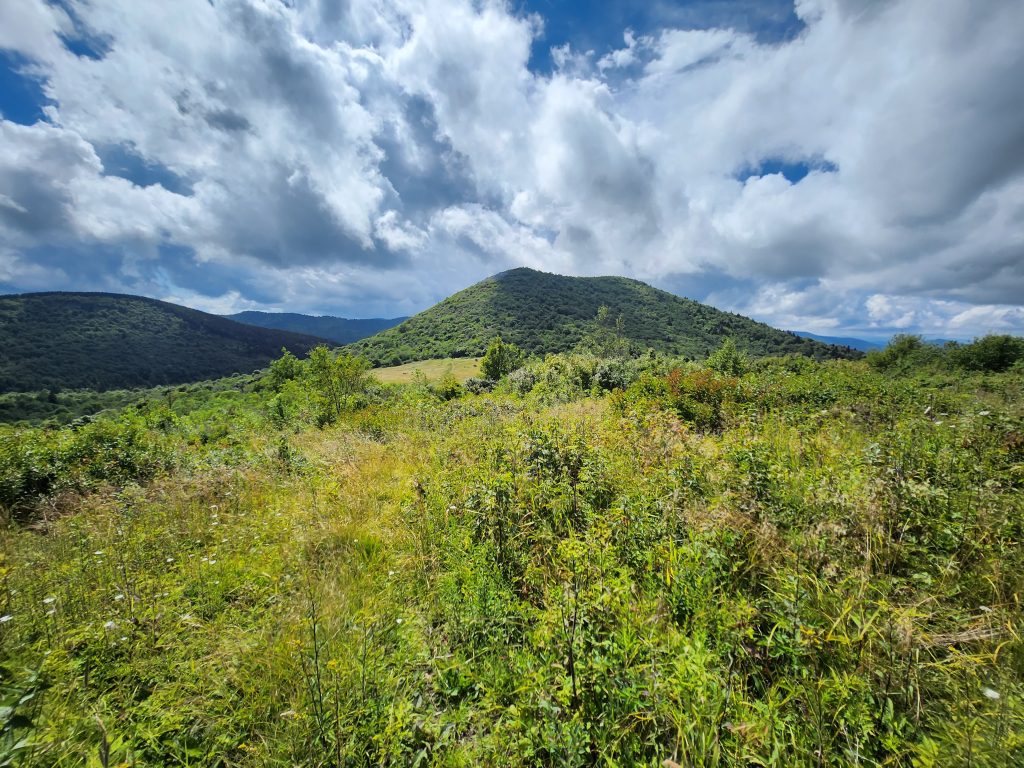
- Black Balsam Knob: This peak is on the Art Loeb Trail. It has a treeless summit with wide views. The trail starts at a parking area on the Blue Ridge Parkway (milepost 420). Hikers pass through tunnels of rhododendron and mountain laurel. The open grassy top often has wild blueberries and blackberries.
- Sam Knob: This hike in the Shining Rock Wilderness has two open summits. It is moderately challenging. To reach it, park at the end of Black Balsam Road off the Blue Ridge Parkway. The meadows near the summits have many wild blueberries in late summer.
- Craggy Gardens: Near milepost 364 on the Blue Ridge Parkway, this is a high-elevation area. It is known for its rhododendron blooms and blueberry patches. The trail is easy to moderate. Families and beginner hikers often enjoy it.
- Graveyard Fields: This area on the Blue Ridge Parkway (milepost 418.8) has twisted, wind-stunted trees and mossy rocks. The Lower Falls trail goes through open, sunny fields. These fields are perfect for blueberry bushes. The open fields and moist ground also make this a great place for spotting rare species of fireflies. Learn about the “Blue Ghosts” and other native fireflies in the area.
- Roan Mountain: The Roan Highlands are on the Appalachian Trail. They have open grassy balds with wide views. In season, these balds have many wild blueberries. A popular route is the trail from Carvers Gap to Grassy Ridge Bald.
Remember to look for low shrubs with clusters of blue berries in summer. Be careful not to step on other plants. Also keep in mind that wildlife may eat these berries too.

Best Month to Pick Wild Blueberries in the Mountains of NC
Wild blueberries in the North Carolina mountains usually ripen from late July to early August. The exact timing can change with the weather and elevation. Other wild foods have different seasons. Blackberries often ripen later, sometimes into September. Nuts and some mushrooms are common in autumn.
If you’re out picking berries in late summer, keep an eye on the trees around you. The same moist, shady hardwood forests that produce blueberries often harbor edible fungi. One standout is lion’s mane, an easy-to-identify mushroom that fruits from August through November. To learn where and how to harvest it safely, read our full guide on foraging lion’s mane mushrooms in Western North Carolina.
Should You Eat Wild Blueberries?
Yes, you can safely eat wild blueberries. They are very nutritious. They contain antioxidants, fiber, and vitamins. Wild blueberries make a great snack on the trail. The same is true for other wild foods like blackberries, some nuts, and edible mushrooms. Always make sure you correctly identify any wild plant before eating it.

Washing Wild Blueberries
Wash wild blueberries before eating them. This rule applies to any foraged fruit. These berries may have dust, small insects, or other particles on them. Rinsing removes these. Even without farm chemicals, it is safer to clean them first.
The Difference between Wild Blueberries and Cultivated Blueberries
Wild blueberries are different from the ones grown on farms. Wild ones are smaller but have a stronger sweet-tart taste. Farm-grown blueberries are larger, plumper, and have a milder taste. Wild berries usually have more antioxidants than cultivated ones.
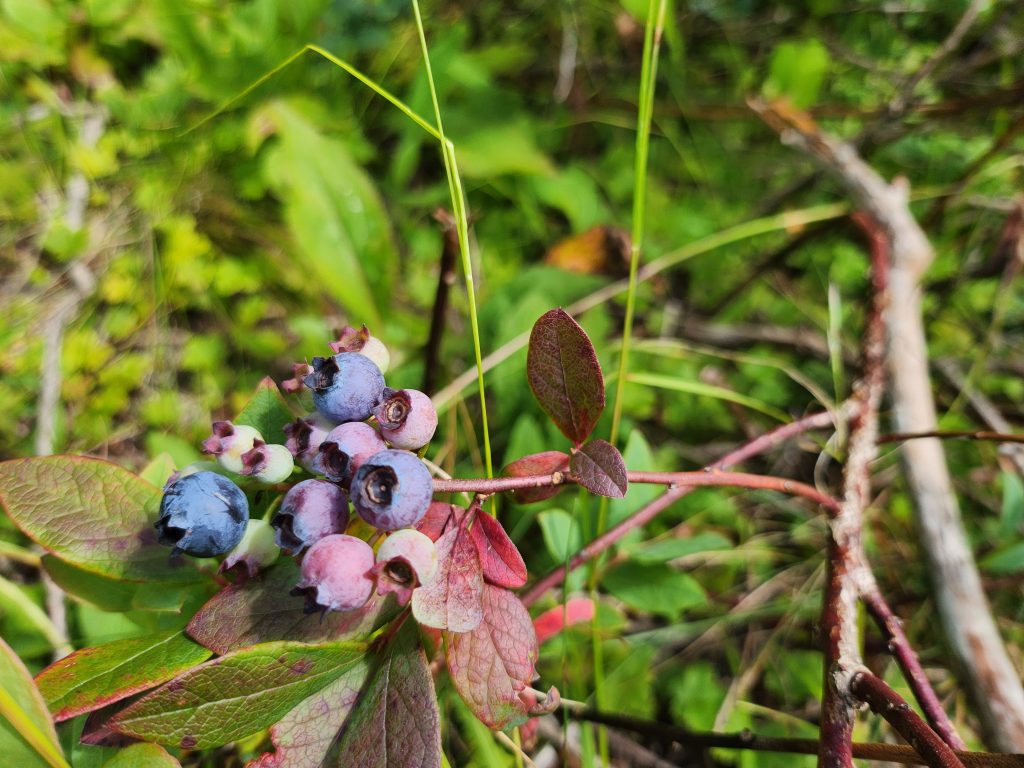
Leave No Trace and Harvesting Limits
When foraging in Western North Carolina, follow Leave No Trace rules. Plan ahead and stay on marked trails. Dispose of trash properly. Only pick as many berries as you will eat. Respect wildlife and other hikers. Avoid damaging plants or leaving litter.
For personal use, regulations allow picking up to one gallon of berries per day. This limit often applies to blueberries, blackberries, nuts, and mushrooms. Always check the rules with park or forest officials before you pick.
Following these rules keeps foraging sustainable. It lets everyone enjoy the outdoors in Western North Carolina.
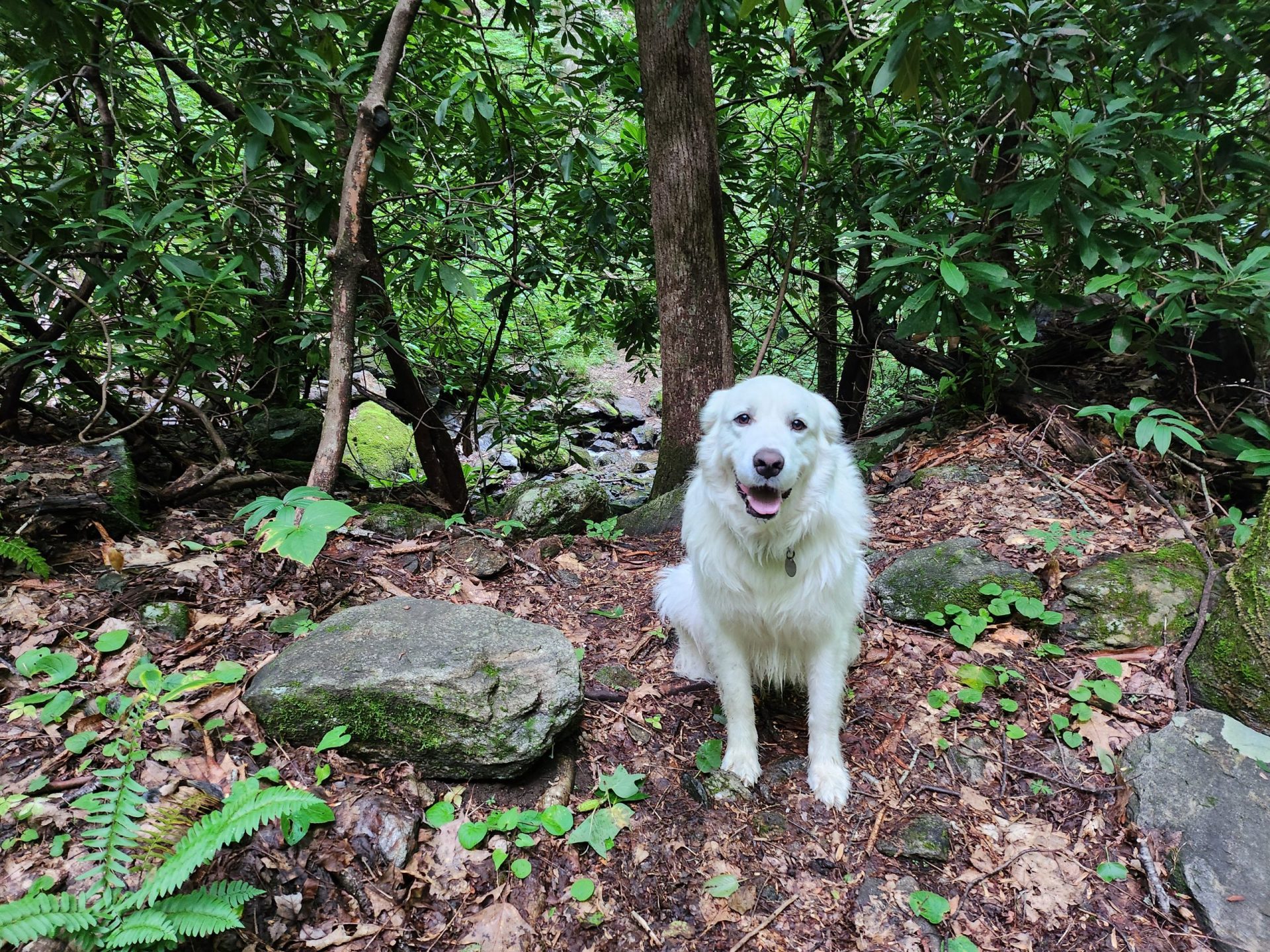
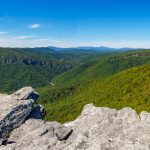
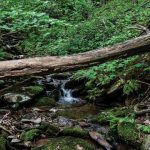
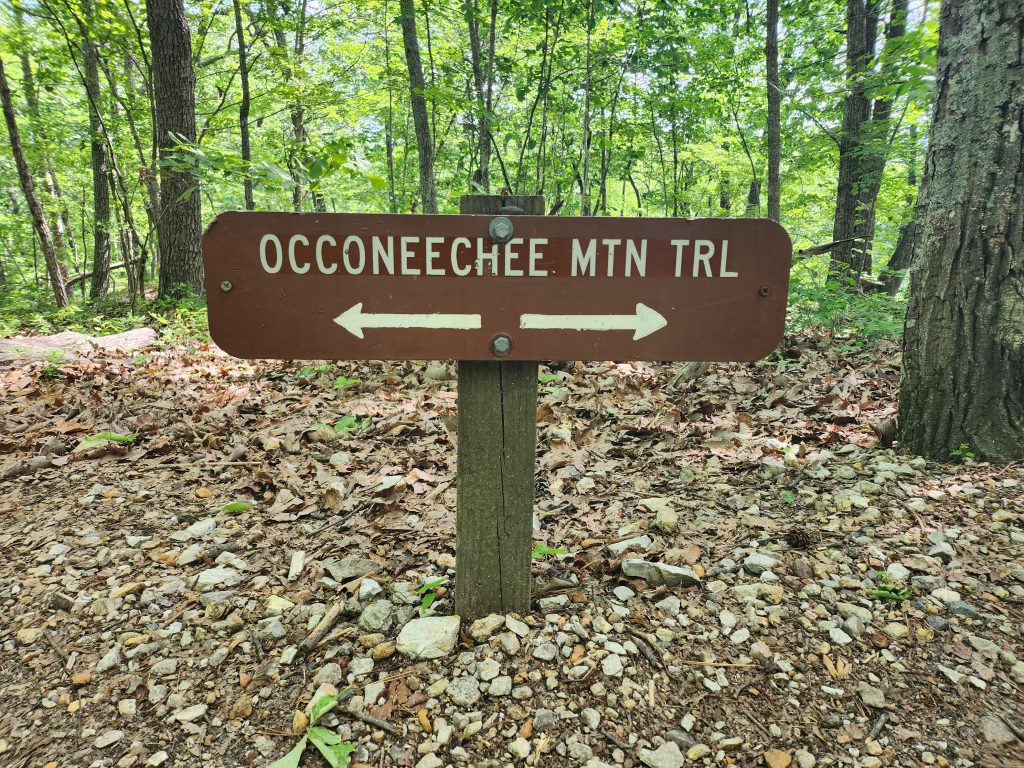
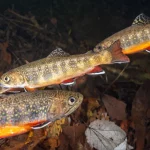
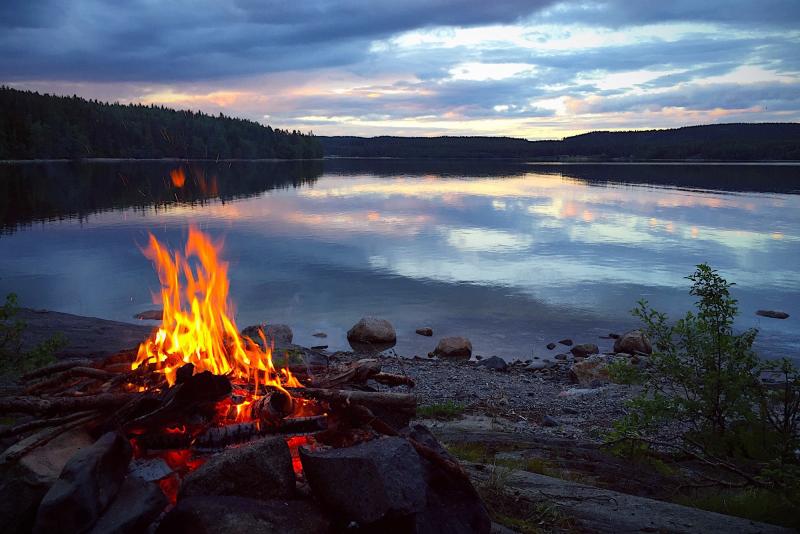
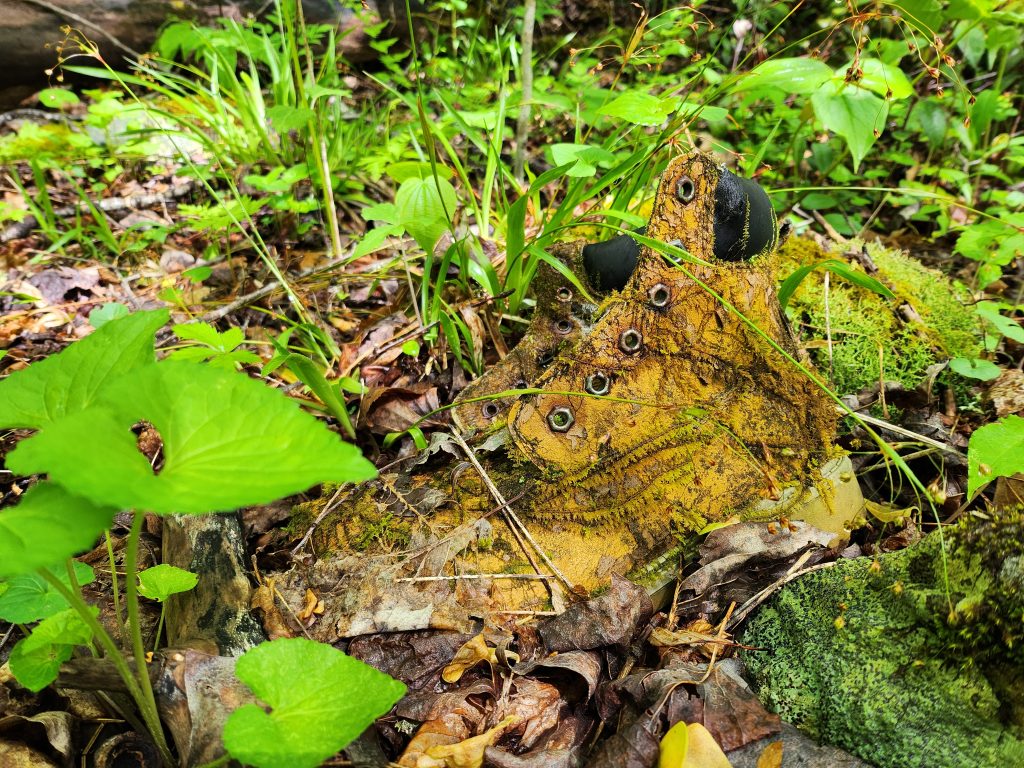
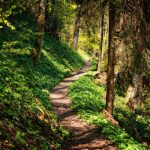
Leave a Reply